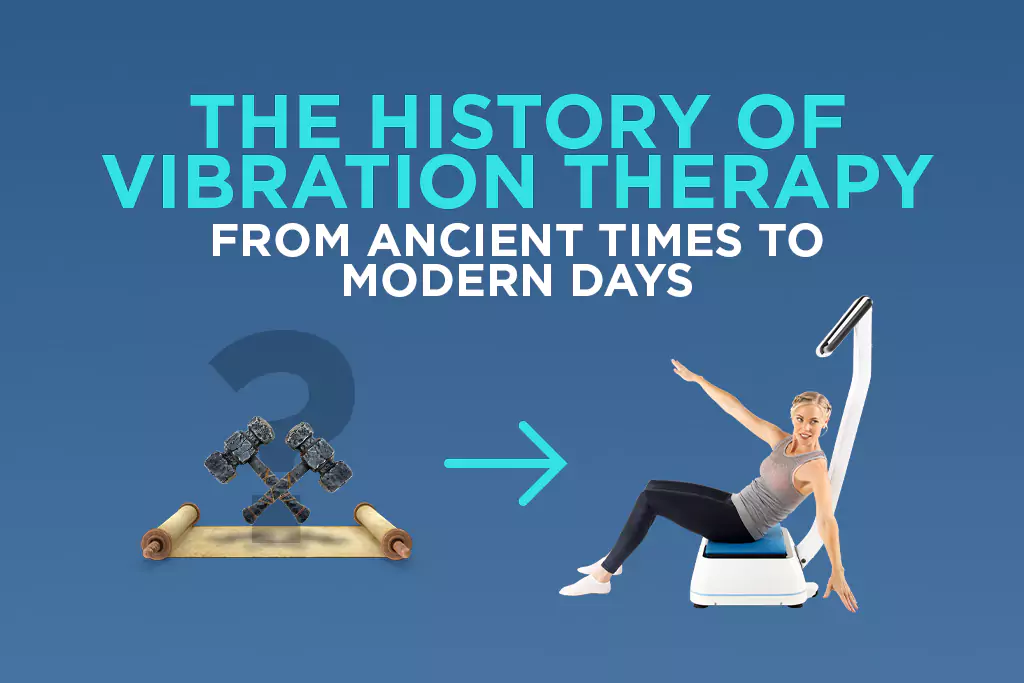
Vibration Therapy has become a recent trend; however, it is not a new invention. It has been around for centuries.
The history of modern Vibration Therapy (Whole Body Vibration Therapy) can be traced back to Dr. Gustav Zander, a Swedish physician and mechanical engineer, who introduced it in the 1850s.
Vibration plates, in their earliest forms, have been around for approximately 170 years.
Vibration Therapy is supported by hundreds of studies indexed on PubMed, with especially strong evidence in the areas of:
Clinical trials and reviews consistently show benefits of Vibration Therapy for weight loss, increasing bone density, improving muscle strength, enhancing mobility/flexibility, improving lymphatic function and circulatory system health, and balance training.
It has also been shown to be beneficial for some medical conditions, including Osteoporosis, Parkinson’s, Cerebral Palsy, Stroke, and Sacropenia.
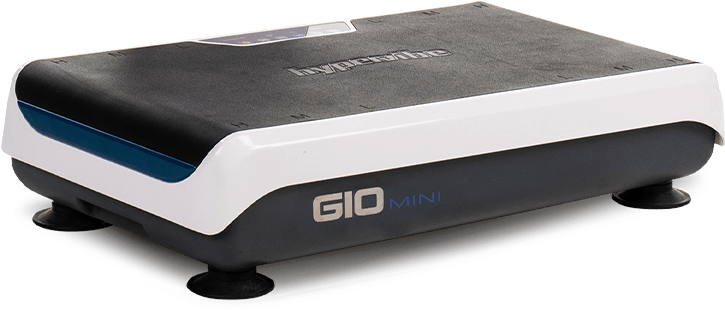




The ancient Greeks started exploring the benefits of rhythmic motion centuries ago.
When Greek soldiers were injured, doctors employed vibration to aid healing.
By sawing wood or plucking large instruments, they exposed wounds to vibrations, promoting pus drainage and circulation and accelerating recovery.
This was the beginning of controlled Vibration Therapy.
Fast forward to the 21st century, and Vibration Therapy has evolved into a scientifically proven treatment.
Vibration is now used in physical therapy, sports recovery, and even space medicine. But how did we get here?
In this article, we’ll walk you through a detailed timeline of Vibration Therapy history, tracing its path from early 18th-century mechanical gadgets to modern clinical platforms.
Let us walk you through the nine major eras that shaped Vibration Therapy.
Going from mechanical health devices to high-tech, performance-enhancing platforms.
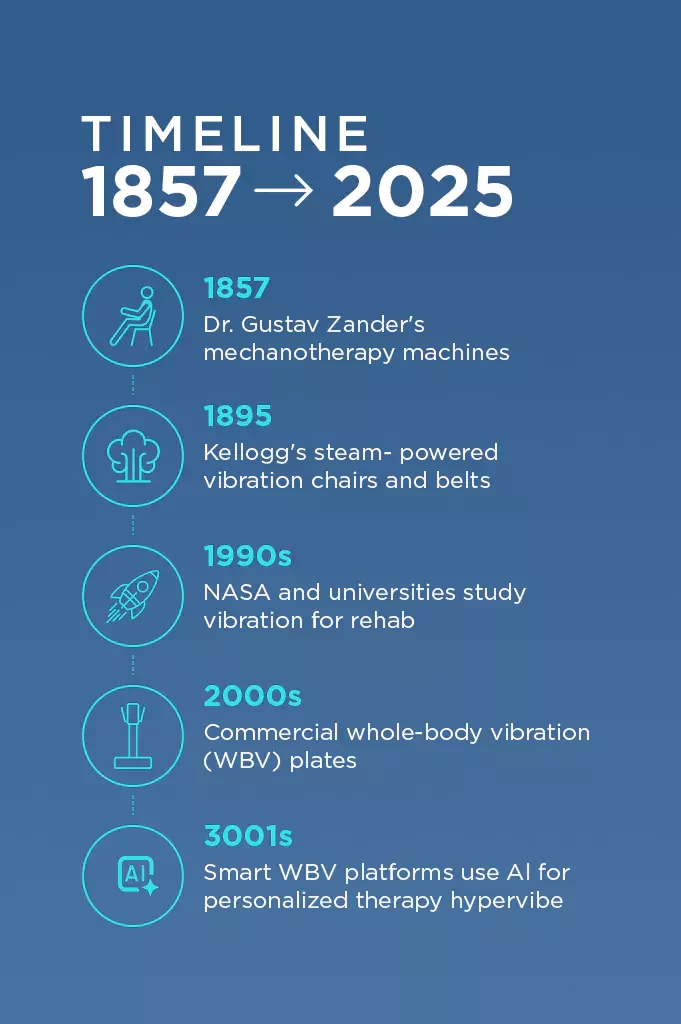
Infographic on the historic timeline of vibration devices from 1875 to 2025
In the late 1700s, inventors began developing early mechanical devices that shook or vibrated the human body.
These “health-shaker” chairs were manually or spring-operated.
They were marketed as tools to:
The devices did not have a rigorous scientific foundation.
They were mainly used in high-end wellness clinics and spas and appealed to the affluent who sought passive ways to improve vitality.
Even though they were primitive, they began a centuries-long pursuit to understand how motion and vibration could restore and maintain health.
It was the philosophical beginning of what would become whole-body Vibration Therapy.
Dr. Gustav Zander, a Swedish physician and medical innovator, is often recognized as the person who invented Vibration Therapy in its modern form.
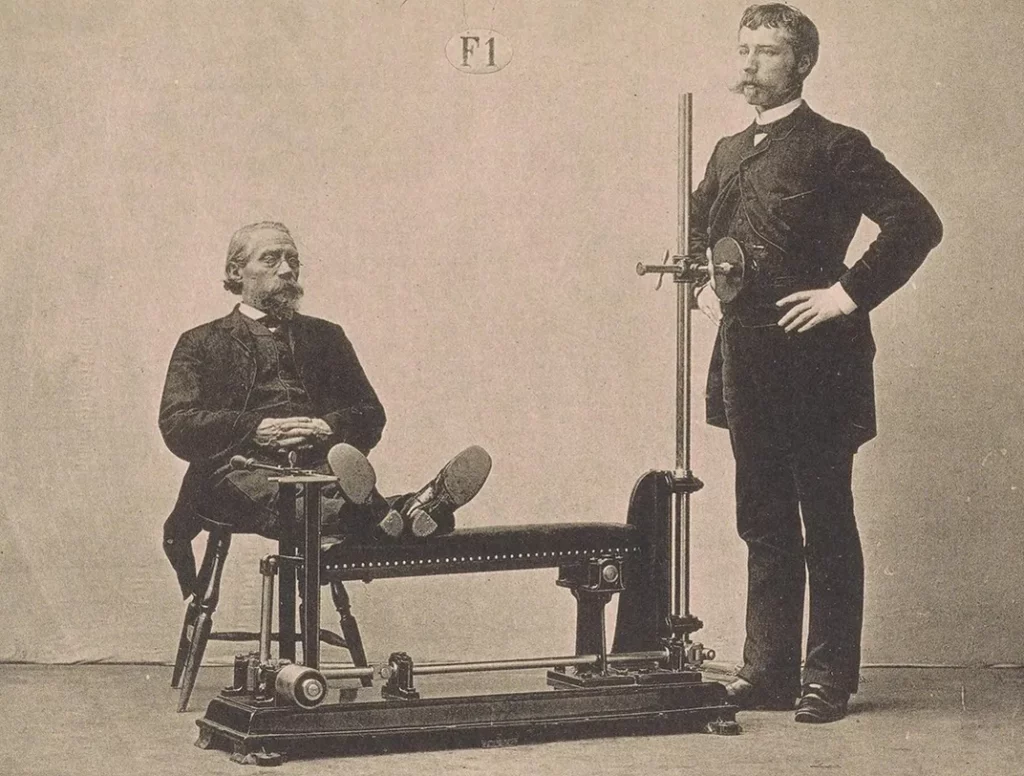
Vibrating machines from Dr. G. Zander’s medico-mechanische Gymnastik by Alfred Levertin (Stockholm 1892)
Zander’s work laid the groundwork for future innovations in Vibration Therapy.
Transforming it into a foundational tool in rehabilitation and preventive medicine.
Dr. John Harvey Kellogg was a renowned American physician and nutritionist.
Even though he was more famous for his dietary innovations, Kellogg’s impact on early therapeutic vibration during the late 19th and early 20th centuries was notable.
He introduced steam-powered vibration machines at the Battle Creek Sanitarium in Michigan in 1895.
They delivered strong mechanical stimulation and were believed to improve
Kellogg believed that vibration could serve as a substitute for exercise, especially for patients who were too frail or sedentary to engage in physical movement.
The machines were developed as
Kellogg’s efforts bridged the gap between European mechanotherapy (such as Zander’s machines) and American wellness practices.
The French neurologist Jean-Martin Charcot made one of the earliest scientific contributions to the history of Vibration Therapy.
He spearheaded groundbreaking work on Parkinson’s disease in the 1890s.
Charcot’s device is now considered the beginning of modern neuro-rehabilitation tools, including vibration platforms used for stroke recovery and Parkinson’s therapy.
His work helped shift Vibration Therapy from spa culture and wellness into legitimate medical exploration.
In the 1960s, the Soviet space program encountered a major physiological challenge.
Because of their extended exposure to microgravity, cosmonauts who returned from space suffered from severe muscle atrophy and bone loss.
In the 1990s, a German company, NovoTech, built the first WBV platform, dubbed the Galileo.
It was originally created to treat bone loss in women suffering from osteoporosis.
NASA later began researching vibration treatment as a countermeasure for bone density loss encountered by astronauts on long-term space missions, inspired by Soviet research.
At the same time, prominent US colleges began doing fundamental research on how vibration impacts muscle strength, balance, and rehabilitation outcomes.
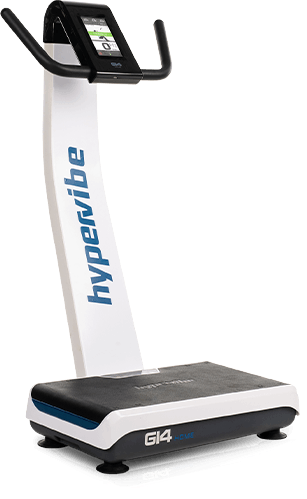




In time, there has been better vibration device design, with safety protocols, adjustable frequency settings, and improved usability.
The early 2000s were a turning point in Vibration Therapy history.
Commercial Whole Body Vibration (WBV) platforms were designed for widespread use in gyms, clinics, and even homes.
For the first time, the technology became accessible, user-friendly, and supported by growing scientific interest.
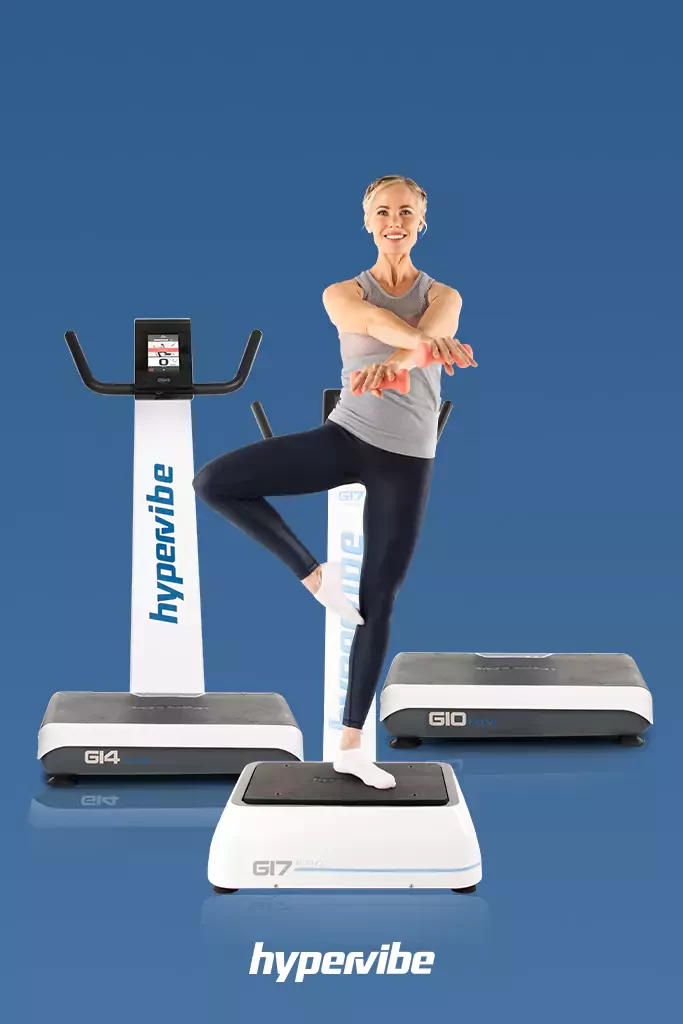
woman exercising on a G17 hypervibe vibration platform
This decade turned WBV from a specialized intervention into a widely accepted, reliable treatment for both performance and recuperation.
Beginning in 2010, Vibration Therapy’s history entered a new stage that was centered on clinical integration and scientific research.
There has been more research, treatment methods have become standardized, and the therapy is more widely adopted in healthcare.
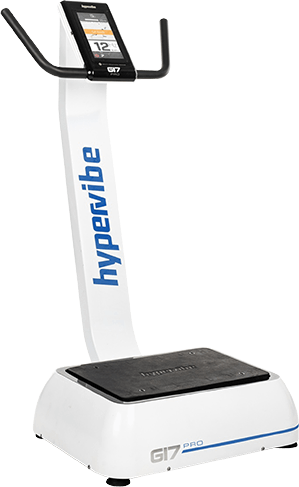




As we move beyond 2025, Vibration Therapy is expected to advance, along with all fitness and rehab approaches, into a new, intelligent phase.
This modern era is defined by cutting-edge technology, artificial intelligence, and precision medicine.
In the future of Vibration Therapy, personalized, data-driven wellness will likely be just as important as mechanical stimulation.
Potential developments and patterns for 2025 and beyond:
Dr. Gustav Zander is credited as the inventor of Vibration Therapy.
He developed mechanotherapy machines that used rhythmic, mechanical motion in the 1850s.
The aim was to treat muscle and joint conditions. When his work was featured in several World Fair events, it began worldwide interest in Vibration Therapy.
Vibration devices have been around for nearly 250 years.
They evolved from chairs, manual pulleys, and belts to high-tech therapy tools that are used in rehab clinics, gyms, and even space missions.
Yes, Vibration Therapy is scientifically proven.
It has benefits for weight loss, increasing bone density, improving muscle strength, enhancing mobility/flexibility, improving lymphatic function and circulatory system health, and balance training.
It has also been shown to be beneficial for some medical conditions, including Osteoporosis, Parkinson’s, Cerebral Palsy, Stroke, and Sacropenia.
Over the past two decades, there has been clinical research with hundreds of studies indexed on PubMed supporting its therapeutic potential.
In order to assess the effectiveness of Vibration Therapy, it is helpful to examine the various levels of evidence, ranging from large-scale human trials to laboratory studies.
Below are the landmark trials in the scientific research of vibrational therapy.
Landmark Randomized Controlled Trials (RCTs)
|
Study Focus |
Population |
Outcome |
Source/Journal |
|
Bone Density |
Postmenopausal women |
Bone mineral density with WBV over 6 months |
|
|
Neuro-Rehab |
Stroke patients |
Improved balance, gait & motor control |
|
|
Sarcopenia |
Elderly adults (over 65) |
Muscle strength & function with WBV training |
|
|
Rehabilitation |
Athletes & injury recovery |
Muscle recovery and Delayed Onset Muscle Soreness (DOMS) |
The below are the main conditions that have scientific evidence of improvement as a result of Vibrational Therapy:
Yes, Vibration Therapy can replace traditional exercise.
However, this depends on the workout it is replacing and how it is used.
It is especially useful for those with limited mobility, chronic pain, or in rehab.
Here is how Vibration Therapy works for your body:
When the platform vibrates, it triggers a reflex similar to when a doctor taps your knee—your muscles automatically contract in response.
This reflexive action, combined with the load created by the accelerating platform, helps build strength, improve bone density, and support fat burning.
It also stimulates the lymphatic and circulatory systems, promoting overall wellness.
The rapid vibrations also help loosen tight muscles and connective tissue.
This can enhance mobility and flexibility, making it especially useful for people with stiffness or limited range of motion.
Because the platform is constantly moving, your body works to stay balanced.
These small stabilizing movements challenge your posture and coordination, leading to better balance over time.
Vibration also activates sensory receptors in the body.
This can help reduce pain by distracting the nervous system from pain signals.
Some users find relief from chronic discomfort after regular sessions.
Lastly, studies suggest that whole-body vibration may increase beneficial hormones like growth hormone and testosterone.
It may also support healthy stress responses by influencing catecholamines.
This makes it not just a physical aid but a potential tool for overall health and recovery.
While Vibration Therapy is safe for everyone unless it is contraindicated, some individuals should avoid WBV or consult their doctor before use.
The most common conditions that might be contraindicated include:
Always start with a guided session from a professional, especially if using Vibration Therapy for medical purposes.
Frequency guides you on how fast the platform vibrates.
The right frequency depends on your goal.
Vibration Therapy started with 18th-century vibration chairs and is now a science-backed whole-body vibration platform.
It is a wellness tool that has been built by innovation, medical curiosity, and scientific research.
Today, Hypervibe continues that legacy, offering high-performance vibration plates designed for both home users and professionals who want results grounded in evidence.
Are you ready to experience the benefits of Vibration Therapy for yourself?
Explore our Hypervibe Buyer’s Guide to find the perfect model for your health and fitness goals.
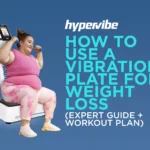
Here’s how we use a vibration plate for weight loss...
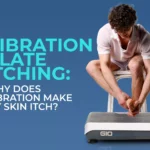
Many people, especially beginners, notice an itchy or tingling “pins-and-needles”...
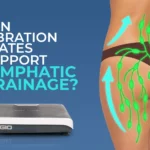
Yes, Vibration Plates or Whole Body Vibration (WBV) platforms, promote...
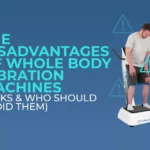
Are vibration machines bad for you? Yes, if used incorrectly....

The lymphatic system, also called the lymphoid system, is an...